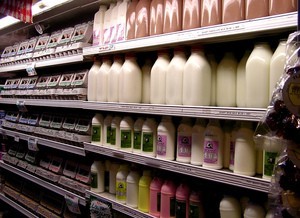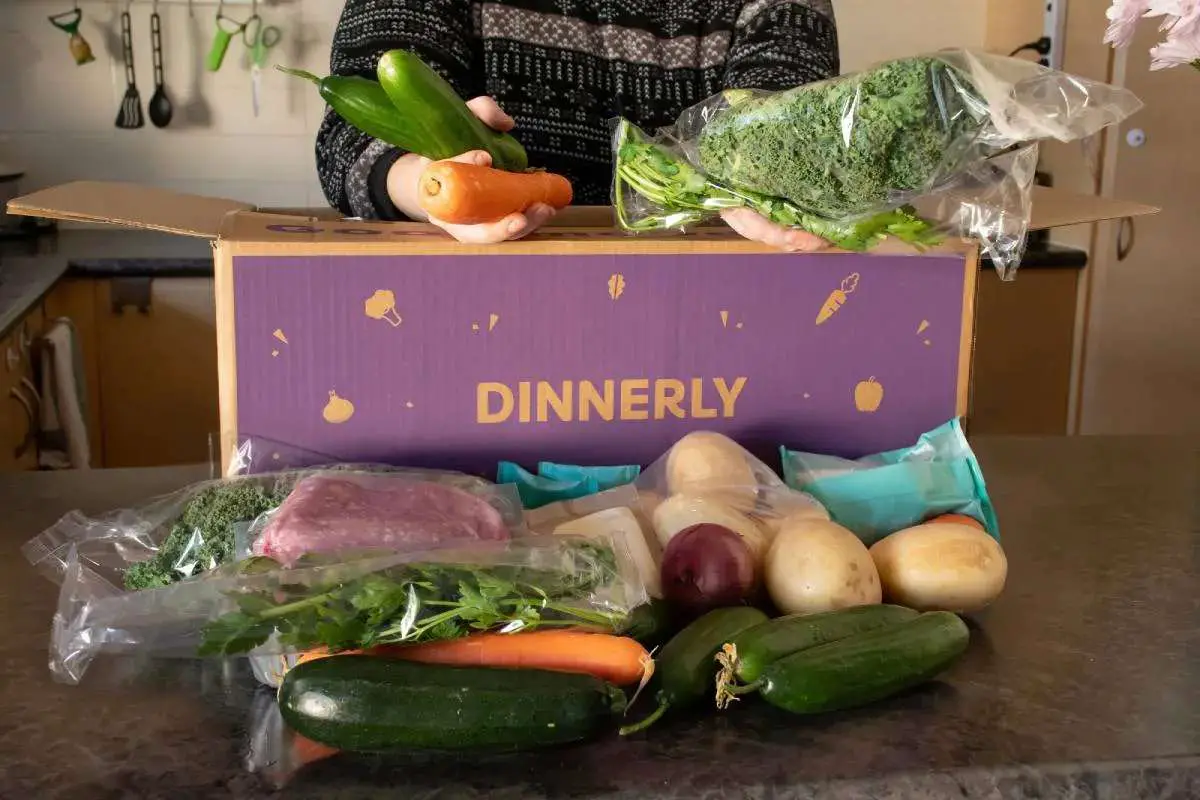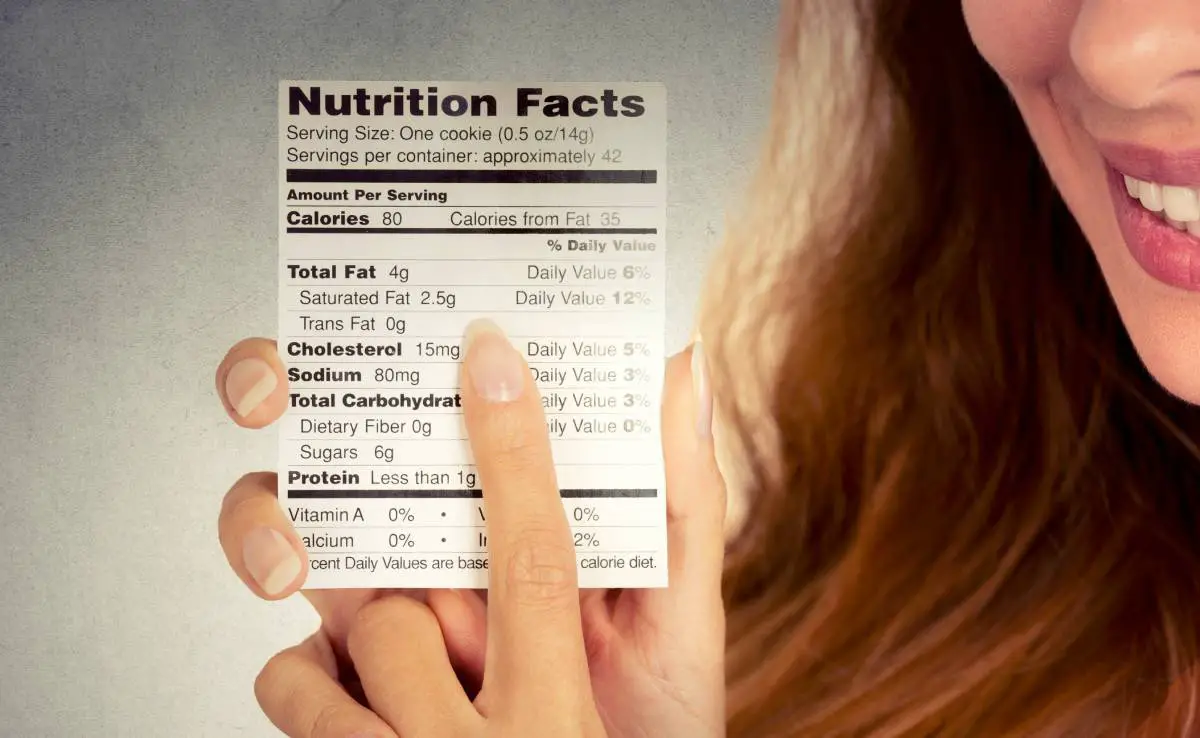 A nice fresh coat of paint brings the luster back to any room. Crisp white walls look so clean, don’t they?
A nice fresh coat of paint brings the luster back to any room. Crisp white walls look so clean, don’t they?
Funny thing though, the chemical they add to the paint to get that sparkly white color is the same ingredient that’s added to foods (like skim milk) to make them more appealing to the eye!
Skim milk is basically milk with all the good stuff removed. It has a blueish color that, without an additive, doesn’t look very appealing and would be less likely to sell.
Titanium Dioxide is added to bring it back to a color we all recognize as milk.
Likewise, cottage cheese would be an off-yellow color without the use of Titanium Dioxide as an additive as well.
Titanium dioxide has recently been classified by the International Agency for Research on Cancer (IARC) as an IARC Group 2B carcinogen ”possibly carcinogen to humans”. Titanium dioxide accounts for 70% of the total production volume of pigments worldwide. It is widely used to provide whiteness and opacity to products such as paints, plastics, papers, inks, foods, and toothpastes. It is also used in cosmetic and skin care products, and it is present in almost every sunblock, where it helps protect the skin from ultraviolet light. Source
Unfortunately, Titanium Dioxide causes systemic genetic damage in mice.
That’s right, it’s a possible human carcinogen.
One ingredient frequently used in vitamin manufacturing is titanium dioxide, a nanoparticle powder made of fine titanium bits. It’s best known as an ingredient in sunscreen, but it’s also used in thousands of cosmetic products as well as nutritional products. Yep, if you take certain vitamins made by GNC or Centrum (as well as hundreds of other companies), you are eating titanium dioxide. Source
What’s even more interesting is Titanium Dioxide doesn’t get listed in product ingredients since it falls under the classification “manufacturing aid.” That’s a slick legal way to avoid letting the consumer know there is a possible carcinogen being added to their food.
Interested in learning more about the ingredients in food products?…
Check out this alphabetical list of ingredients from A to Z (Note: each list breaks down further to include all of the other ingredients found alphabetically between X and X.)
One way to stay away from hidden food additives like Titanium Dioxide is to eat only organic food.
But you need to know that organic ingredients don’t mean “organic processing.” So, if a product doesn’t say 100% organic on the label, there may still be hidden ingredients included in it.
In the U.S., federal organic legislation defines 3 levels of organics. Products made entirely with certified organic ingredients and methods can be labeled “100% organic”. Products with at least 95% organic ingredients can use the word “organic”. Both of these categories may also display the USDA organic seal. A third category, containing a minimum of 70% organic ingredients, can be labeled “made with organic ingredients”. In addition, products may also display the logo of the certification body that approved them. Products made with less than 70% organic ingredients can not advertise this information to consumers and can only mention this fact in the product’s ingredient statement. Source
One of my all-time favorite "hobbies" is cooking at home! I especially enjoy experimenting with new ingredients …and different types of cookware. My specialties are foods that are diabetic-friendly, keto-friendly, and low-carb. I share my favorite recipes and cooking tips here at The Fun Times Guide to Food.






